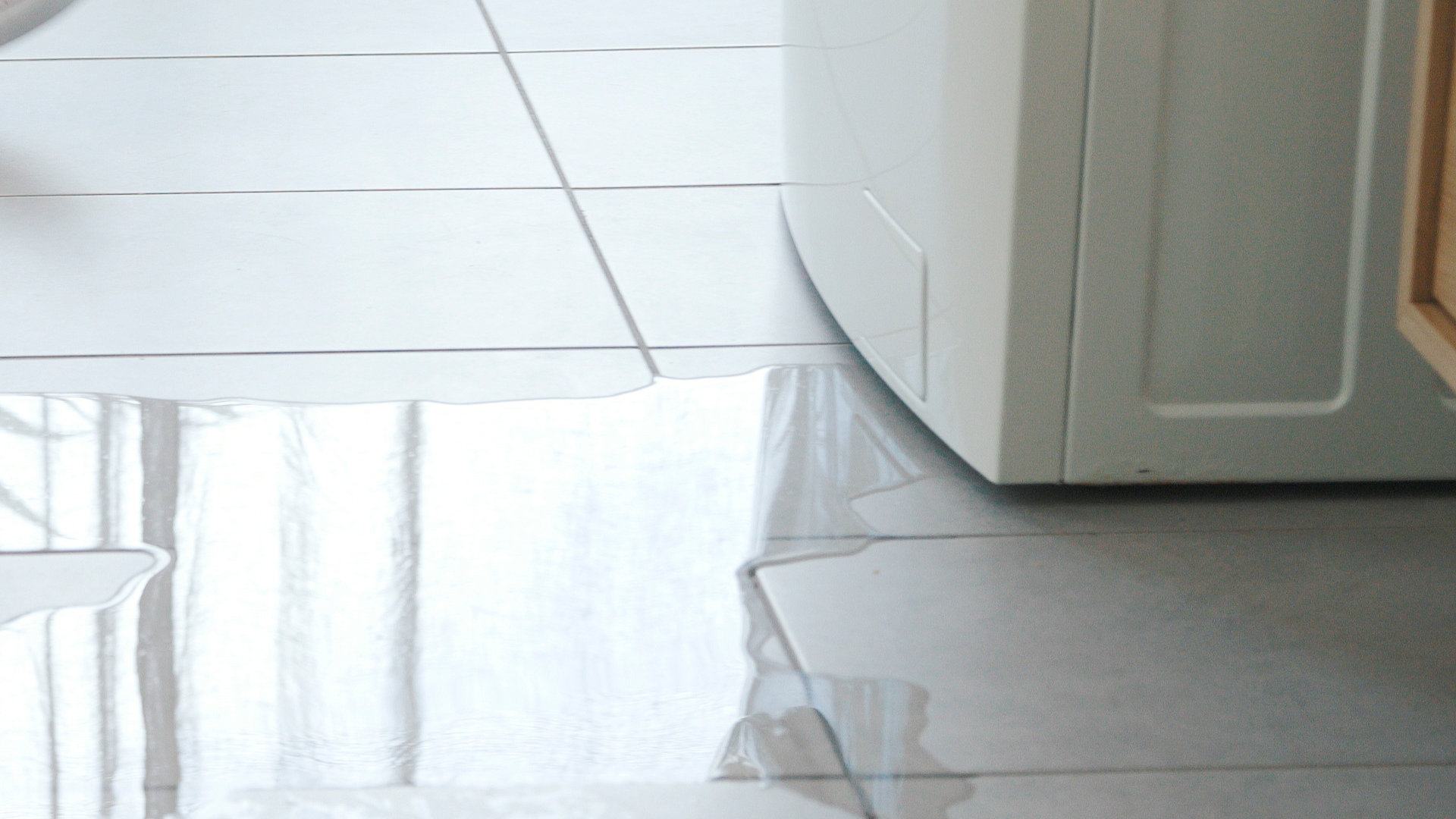
Washing machines are essential to the modern household. Whether you have a large or small family, washing machines come with different functions, capacities, and features that allow you to clean your clothes ready for use.
However, before purchasing a washing machine, it is essential to consider the different drainage options available. There are five basic ways to drain your washing machine: using a clothing tub, installing an underground line, and connecting to a utility sink, standard drain pipe, or freestanding standpipe.
In this article, we will explore the major advantages and disadvantages of each of these popular washing machine drainage options. Let’s dive into it!
1. Use a clothing tub
A clothing tub is a simple and cost-effective way to drain water from your washing machine. This option requires placing a tub or basin under the washing machine’s discharge hose to capture the wastewater.
Once the clothes have been washed, you can drain the tub or basin outside, but don’t reuse the water to water your plants, lawn, or garden.
The advantages of using a clothing tub are that it is affordable and saves water. However, the disadvantage is that you need to manually drain the tub or basin after every wash cycle.
2. Install an underground line
If you prefer a more permanent solution for draining your washing machine, an underground drain line is an ideal option. The underground line is piped to the sewer or septic tank system, ensuring that wastewater is neatly disposed of without compromising the aesthetic value of your home.
The benefits of installing an underground line are that it is out of sight, adds value to your property, and requires little maintenance. However, the cost of installation can be high, and repairs could be difficult should the line get damaged.
An underground line is also not suitable for certain living situations, like renting or apartment dwellings.
3. Drain into a utility sink
If you have a utility room or space close to your washing machine, draining the wastewater into a utility sink is a viable option. Utility sinks can be a great fixture, convenient for washing items that require soaking, pet washing, or using as a janitor’s sink.
Moreover, installing a utility sink is relatively easy and less expensive compared to other options since it uses the existing drainage system presented by the sink.
The downside to this option is that you need to clean the sink and its surrounding area regularly, and the sink may occupy a lot of space in the room.
4. Use a standard drain pipe
Another popular way to drain your washing machine is to rely on the standard drainpipe. This traditional method requires running the washer’s discharge hose into a standpipe or drainpipe installed in the wall.
While this option is affordable and commonly used, it has a downside—clogging. The drainpipe requires regular maintenance to remove debris that accumulates over time. If left unattended, it could cause a backup and damage to your home’s plumbing.
5. Use a freestanding standpipe
A freestanding standpipe is a drainage option that allows you to maintain your washing machine’s mobility while ensuring that wastewater is safely disposed of. The standpipe is installed outdoors and is connected to the washing machine’s discharge hose.
Just like the standard drainpipe, this option requires regular maintenance to prevent clogging. The benefit of using a freestanding standpipe is that it allows for easy installation and will only require minimal space.
Can you drain your washing machine into the backyard?
No. You should not drain your washing machine directly into the backyard, as this can cause harm to the environment.
The wastewater from the washing machine contains chemicals and detergents that can be toxic to plants, animals, and even humans if exposed to them for a long time.
Additionally, dumping large amounts of water into your backyard can lead to flooding and soil erosion. Over time, it can also damage structures made of concrete or asphalt. It is important to dispose of wastewater properly to protect the environment and your home.
Alternative methods for wastewater disposal
Aside from traditional drainpipes and freestanding standpipes, there are other eco-friendly ways to dispose of wastewater from your washing machine.
One option is to use a greywater system, which collects water from household appliances like the washing machine and redirects it to be used for irrigation or flushing. This reduces the amount of water being wasted and can also help save on your water bill. However, you should only use eco-friendly, non-toxic detergents and cleaning products with this method.
Another option is to use a septic tank, which safely treats and disposes of wastewater underground.
Think about the end
Another important factor to consider when choosing your drainage system is where the water will end up. You should be sure you have a dedicated system to dispose of washing wastewater, as it is toxic to animal and plant life. The following three options are safe and reliable methods of wastewater disposal.
Sewer line
Draining your washer into a sewer line is one of the most common methods of washing machine drainage.
The main benefit of this method is its convenience. The water from your washing machine flows directly into the sewer system, which means you don’t have to worry about where the water goes or how it’s treated.
This method also helps to prevent potential flooding in your home by ensuring that the water is efficiently removed from your property.
Greywater system
A greywater system collects and reuses water from appliances like your washing machine, shower, and bathroom sinks. The primary advantage of this system is its eco-friendliness. By reusing water, you reduce your overall water consumption, which can save you money and help conserve precious water resources.
The collected greywater can be used for things like watering plants or flushing toilets.
However, as noted above, it’s important to use only eco-friendly, non-toxic detergents and cleaning products if you’re draining your washer into a greywater system.
Septic tank
If your home isn’t connected to a municipal sewer system, you might drain your washer into a septic tank. The key benefit of this method is its suitability for rural or remote locations. A septic tank treats wastewater on-site by allowing it to decompose through bacterial activity.
The treated water is then safely released into the ground.
However, it’s crucial to ensure your septic system is adequately sized and well-maintained to handle the volume of water from your washing machine, as overloading the system can cause backups and other issues.
Remember, always check local regulations and guidelines when choosing a drainage system for your washing machine. Different areas may have different rules regarding what is permissible and what is not.
Ensuring that your washing machine’s water is properly disposed of is vital in any home. Each of the five washing machine drainage options above has its unique benefits and disadvantages.
Consider factors like cost, ease of installation, maintenance, and space availability, among other things, as you pick your preferred option.
Ultimately, your choice should match your home’s plumbing system and allow for a comfortable and easy washing experience. With these options in mind, you can confidently make a choice that meets your washing machine drainage requirements.

How to Reset a Whirlpool Refrigerator Ice Maker
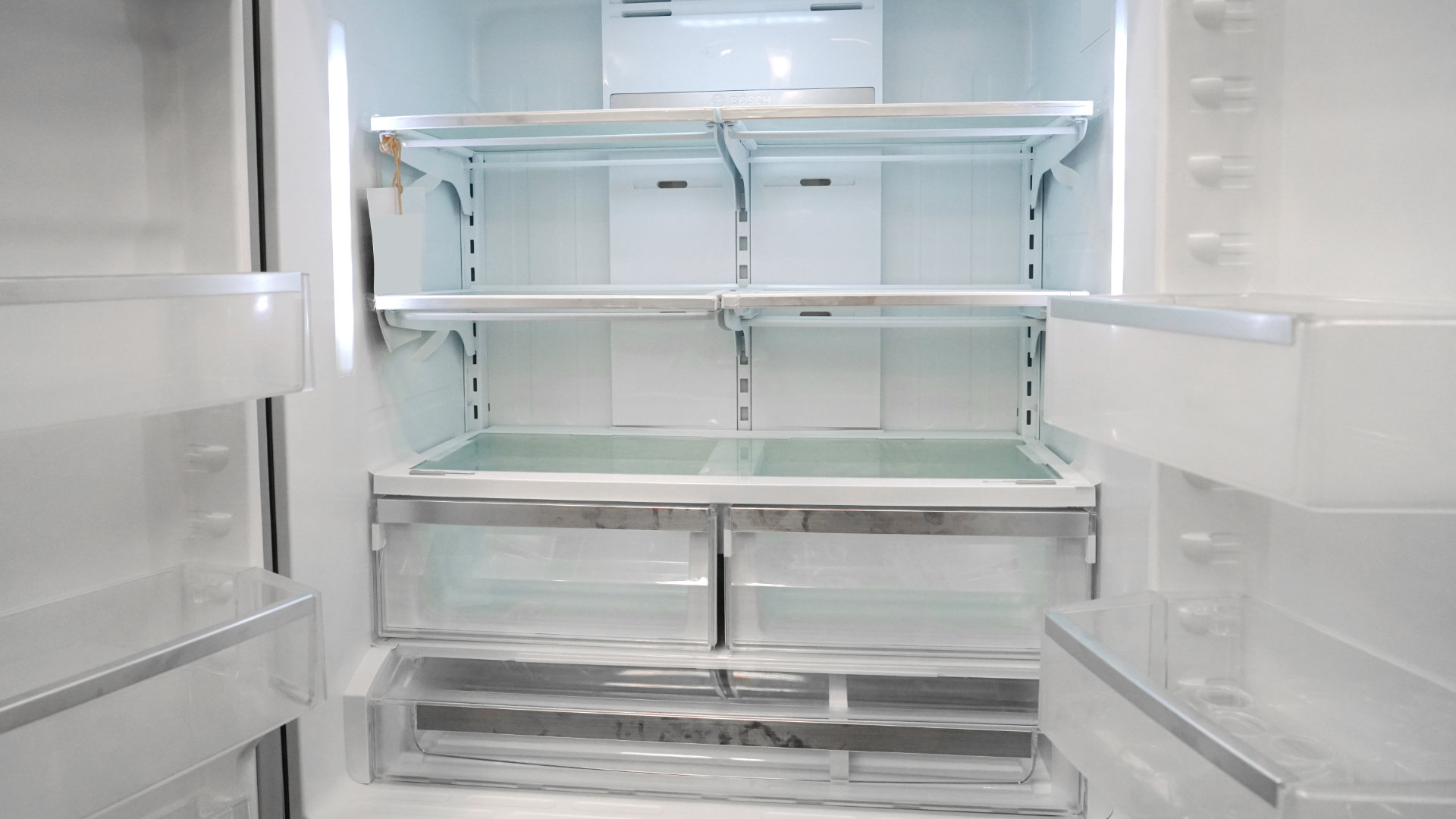
6 Reasons Your LG Refrigerator Is Not Making Ice

Kenmore Fridge Ice Maker Not Working? 5 Ways to Fix It

How to Remove Fish Smell from Your Refrigerator
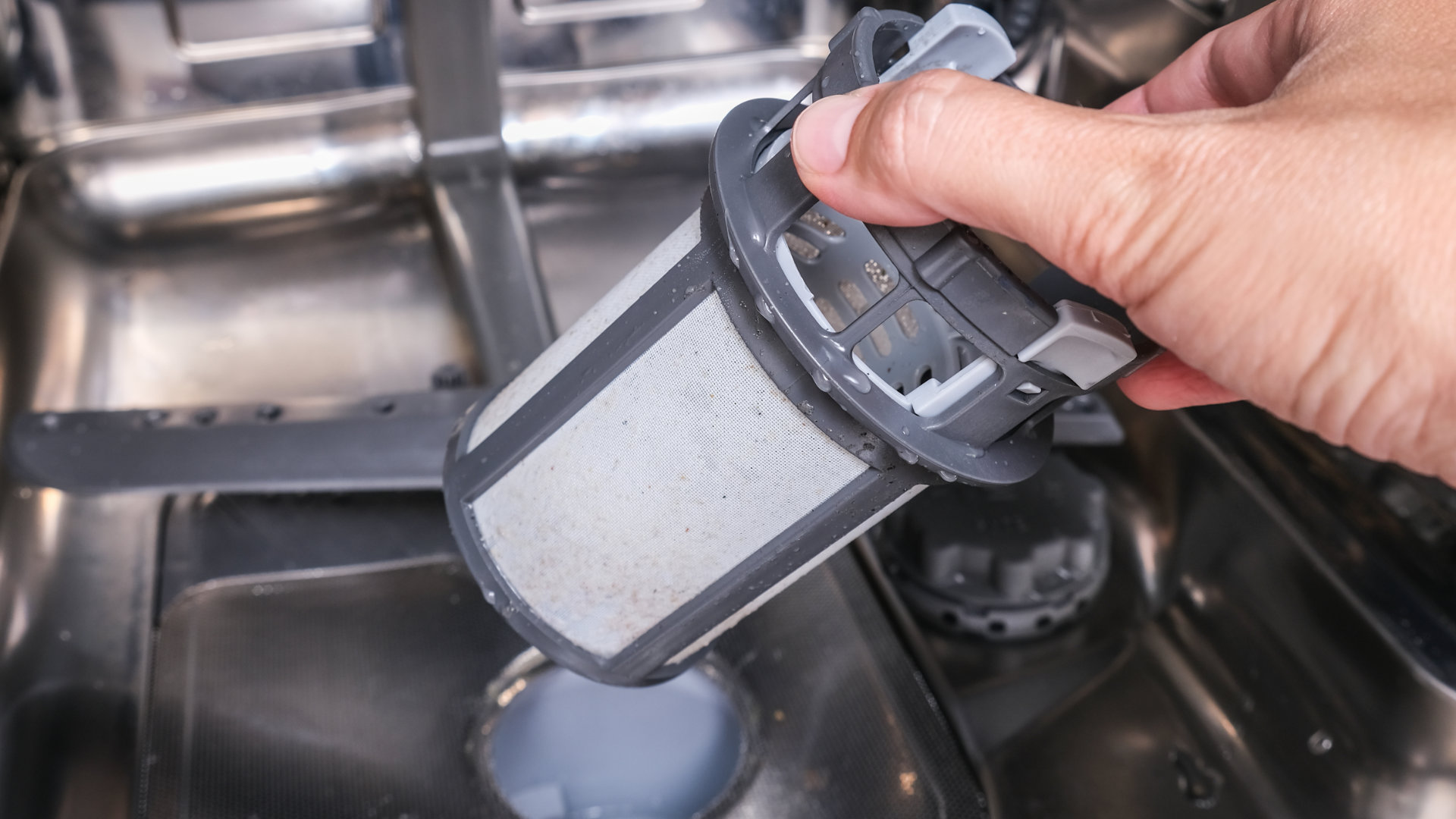
How To Fix Bosch Dishwasher E24 Error
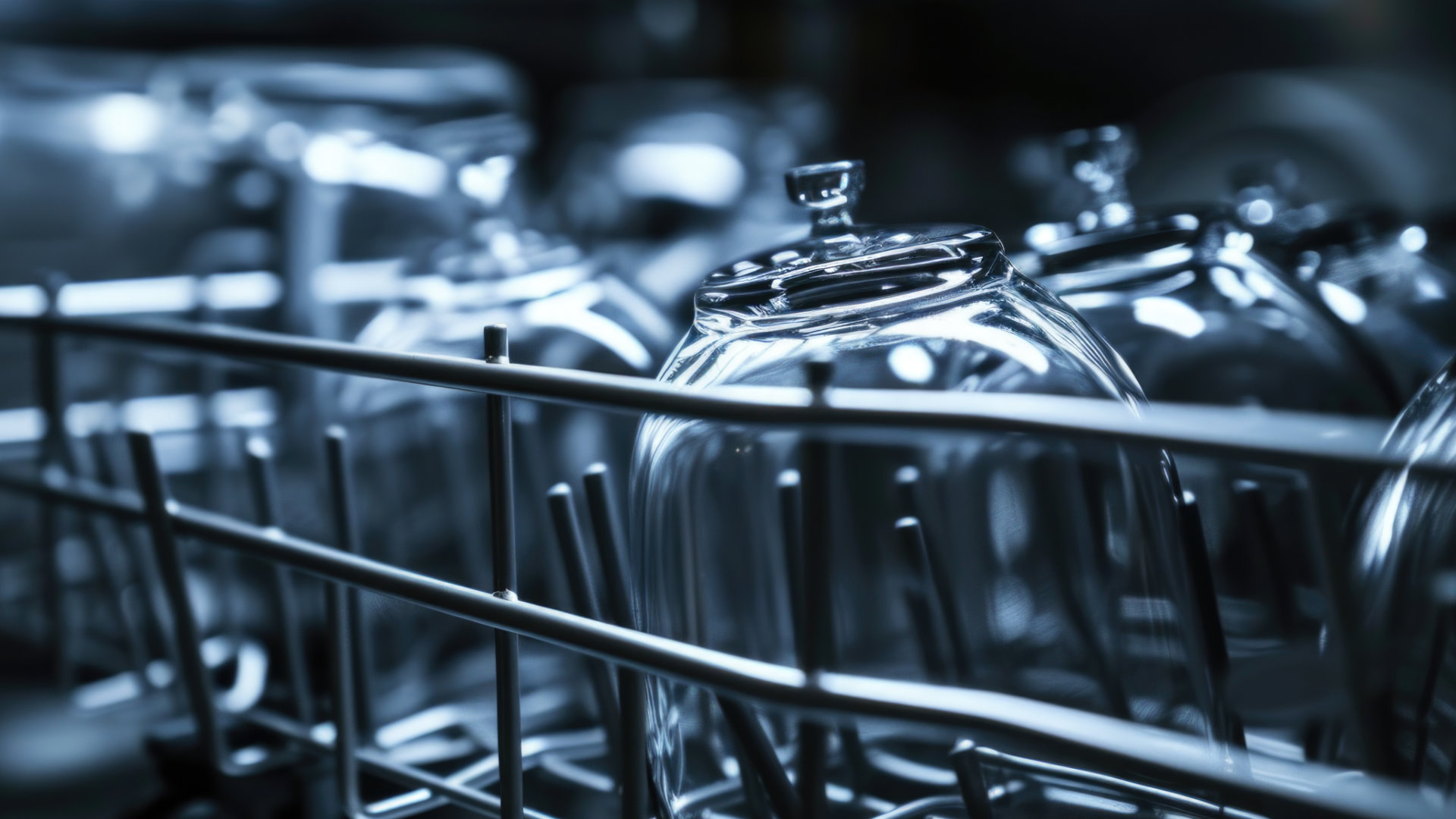
Troubleshooting a Whirlpool Dishwasher Not Draining

Why Is Your Fridge Water Not Working, but Ice Is?

How to Fix the E15 Bosch Dishwasher Error Code

How Much Power Does a Microwave Use?

How to Properly Clean Refrigerator Coils
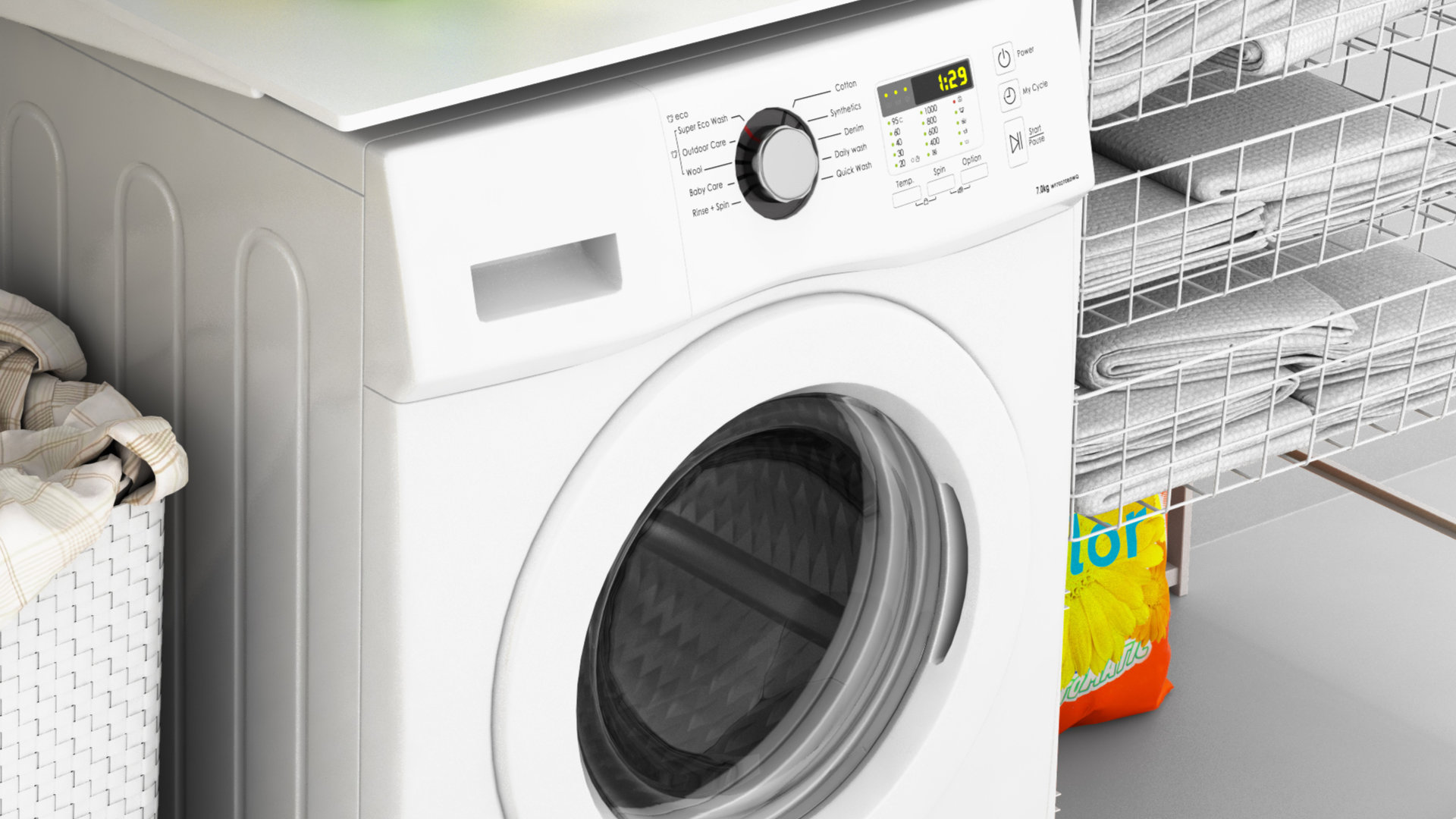
How to Fix an LG Washer Showing OE Error Code

Troubleshooting a GE Dishwasher with No Power and No Lights

10 Reasons Why Your Bosch Dishwasher Won’t Start

Troubleshooting the F5 Error Code with a Maytag Washer


